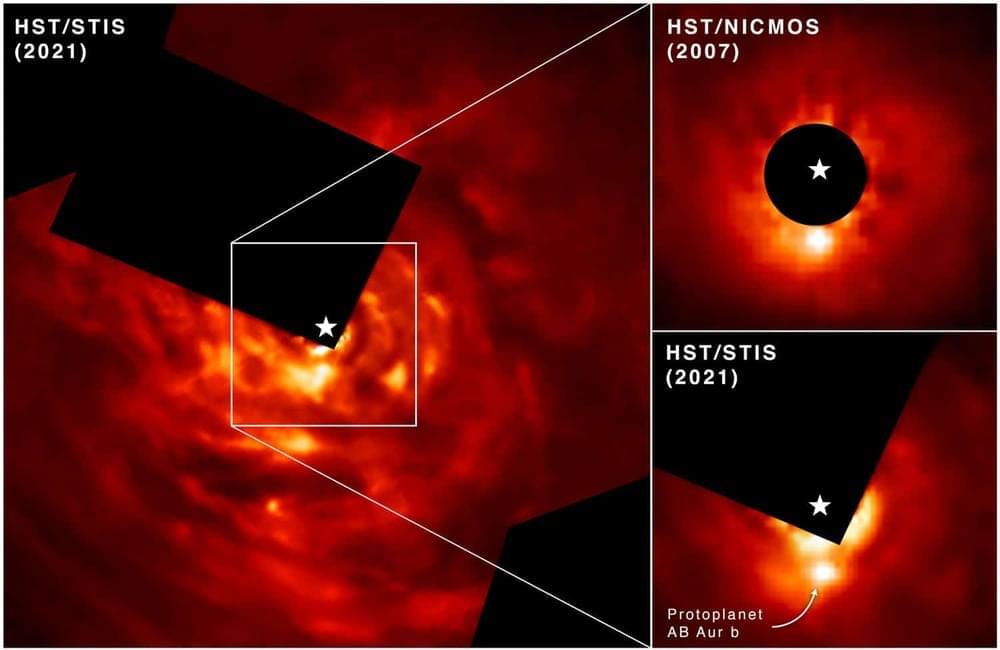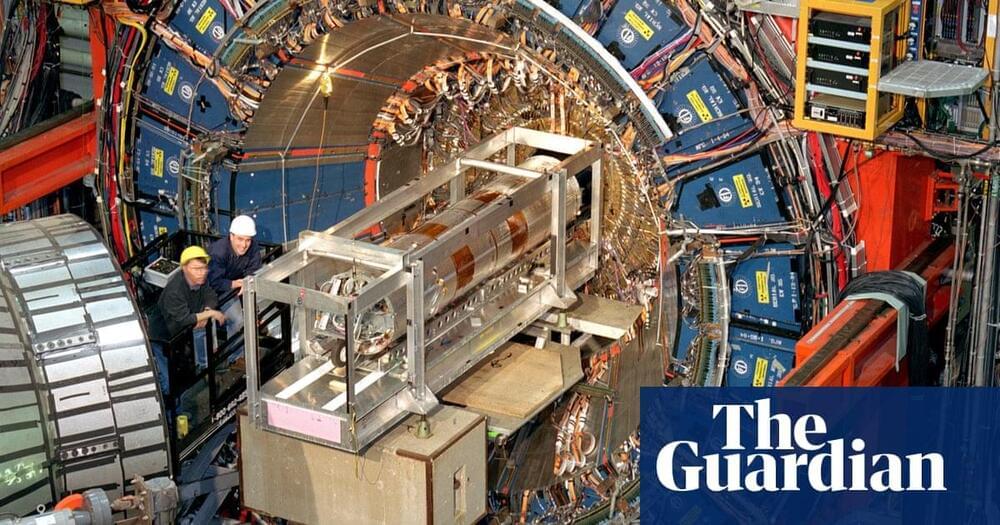The W boson measurement provides insight into the weak nuclear force, and could explain other longstanding mysteries like antimatter imbalance and dark matter.





Humans could live until the ripe old age of 150 years according to recent research – and scientists are racing to work out how.
Harvard geniuses, biohackers and internet billionaires are all looking for ways that humans can crack the code on aging.
WaitButWhy blogger Tim Urban writes “the human body seems programmed to shut itself down somewhere around the century mark, if it hasn’t already”.

Computers may be growing smaller and more powerful, but they require a great deal of energy to operate. The total amount of energy the U.S. dedicates to computing has risen dramatically over the last decade and is quickly approaching that of other major sectors, like transportation.
In a study published online this week the journal Nature, University of California, Berkeley, engineers describe a major breakthrough in the design of a component of transistors—the tiny electrical switches that form the building blocks of computers—that could significantly reduce their energy consumption without sacrificing speed, size or performance. The component, called the gate oxide, plays a key role in switching the transistor on and off.
“We have been able to show that our gate-oxide technology is better than commercially available transistors: What the trillion-dollar semiconductor industry can do today—we can essentially beat them,” said study senior author Sayeef Salahuddin, the TSMC Distinguished professor of Electrical Engineering and Computer Sciences at UC Berkeley.


Santiago Ramón y Cajal, a Spanish physician from the turn of the 19th century, is considered by most to be the father of modern neuroscience. He stared down a microscope day and night for years, fascinated by chemically stained neurons he found in slices of human brain tissue. By hand, he painstakingly drew virtually every new type of neuron he came across using nothing more than pen and paper. As the Charles Darwin for the brain, he mapped every detail of the forest of neurons that make up the brain, calling them the “butterflies of the brain”. Today, 200 years later, Blue Brain has found a way to dispense with the human eye, pen and paper, and use only mathematics to automatically draw neurons in 3D as digital twins. Math can now be used to capture all the “butterflies of the brain”, which allows us to use computers to build any and all the billons of neurons that make up the brain. And that means we are getting closer to being able to build digital twins of brains.
These billions of neurons form trillions of synapses – where neurons communicate with each other. Such complexity needs comprehensive neuron models and accurately reconstructed detailed brain networks in order to replicate the healthy and disease states of the brain. Efforts to build such models and networks have historically been hampered by the lack of experimental data available. But now, scientists at the EPFL Blue Brain Project using algebraic topology, a field of Math, have created an algorithm that requires only a few examples to generate large numbers of unique cells. Using this algorithm – the Topological Neuronal Synthesis (TNS), they can efficiently synthesize millions of unique neuronal morphologies.

Through experimentation with a highly promising anti-aging technique, scientists at the UK’s Babraham Institute have demonstrated a new way of turning back the clock in human skin cells. These cells functioned like cells 30 years younger, but in what represents an exciting advance in the field, were able to still retain some of their specialized functions acquired through age.
In 2012, Japanese researcher Shinya Yamanaka earned a Nobel Prize for his work in developing what are known as induced pluripotent stem cells (iPSCs). These start out as regular adult tissue cells that are harvested and exposed to four molecules called Yamanaka factors, which return them to an immature state. From here, the stem cells can theoretically develop into any cell type in the body.
We’ve seen scientists explore this potential in a number of exciting ways, implanting them in rabbits to restore vision, addressing dopamine deficiencies in animal models of Parkinson’s disease and repairing damaged heart muscles in pigs. The full reprogramming process involves subjecting the cells to the Yamanaka factors for around 50 days, but the Babraham scientists have found that shortening this process might bring some significant benefits to the table.

Findings could lead to targeted approach for treating aging.
Research from the Babraham Institute has developed a method to ‘time jump’ human skin cells by 30 years, turning back the aging clock for cells without losing their specialized function. Work by researchers in the Institute’s Epigenetics research program has been able to partly restore the function of older cells, as well as rejuvenating the molecular measures of biological age. The research is published today (April 7, 2022) in the journal eLife and whilst at an early stage of exploration, it could revolutionize regenerative medicine.
What is regenerative medicine?